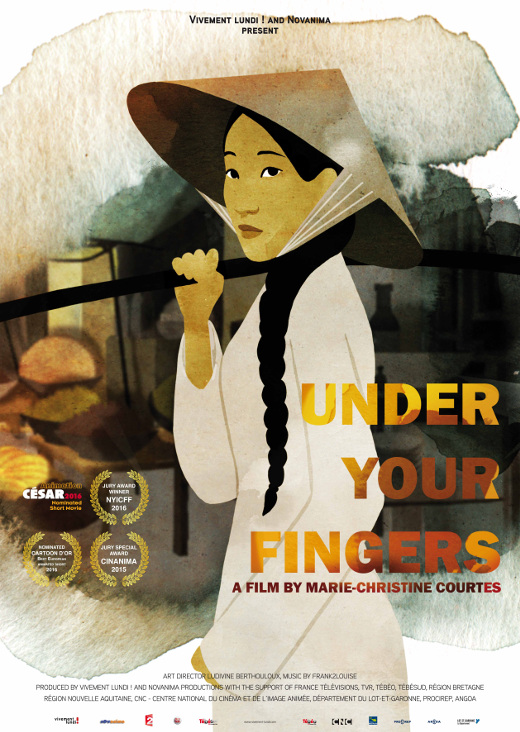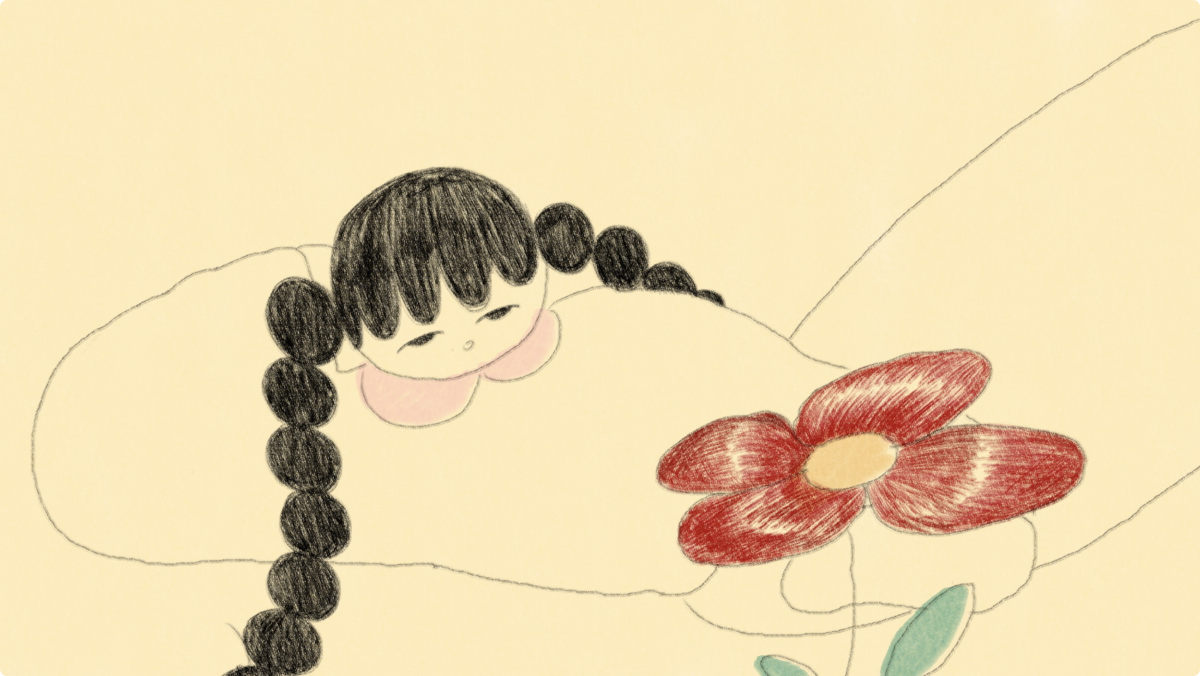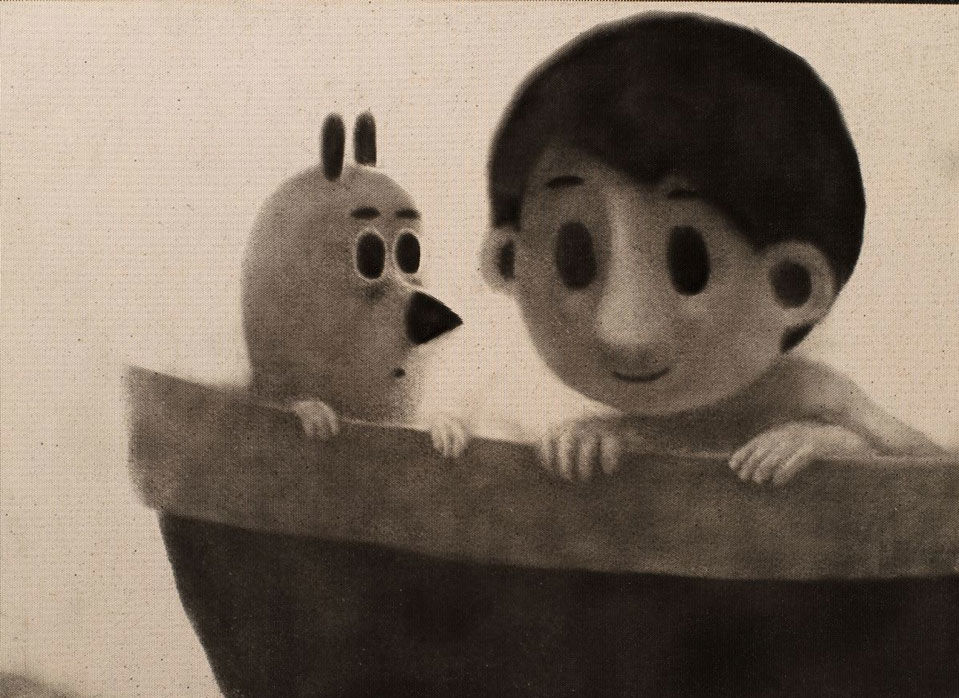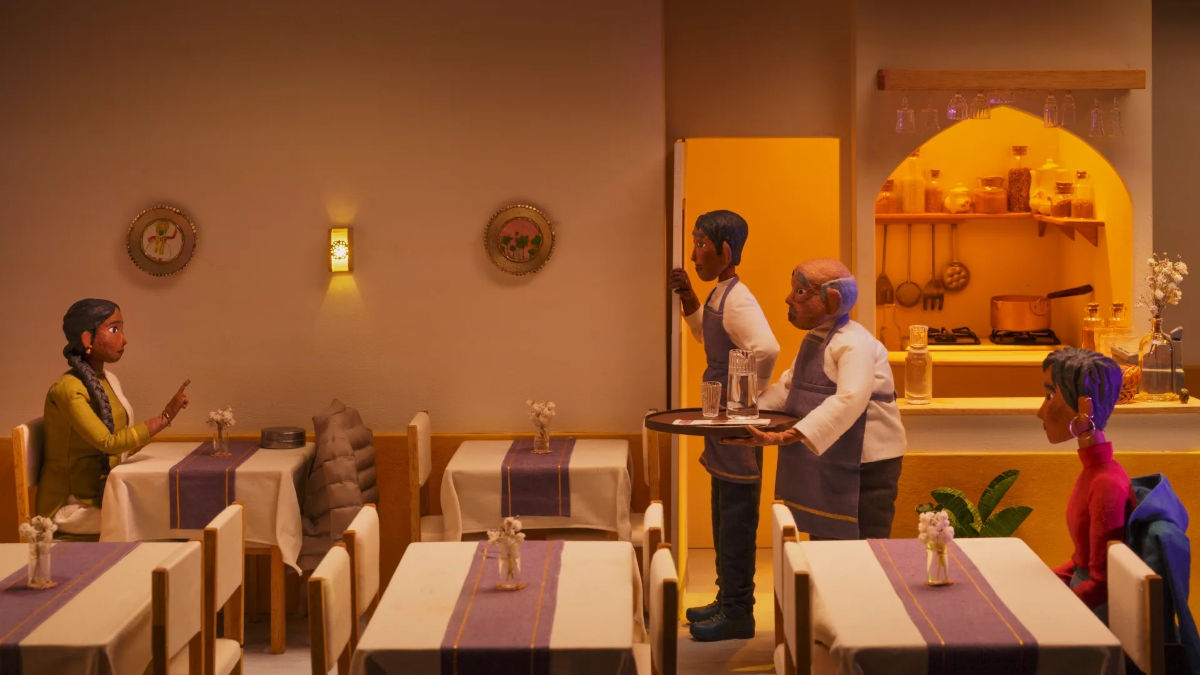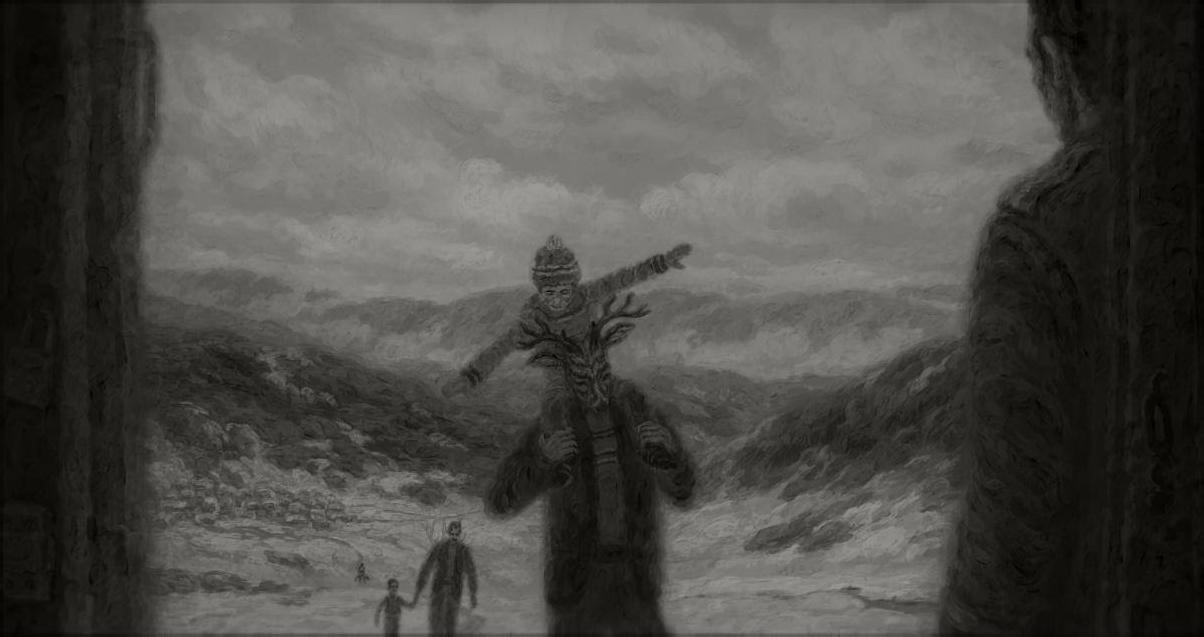Under Your Fingers (Sous tes doigts): Interview with Marie-Christine Courtès

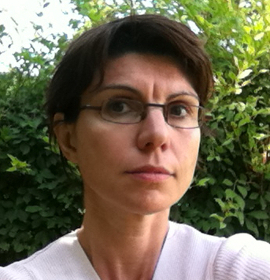 Oscar shortlists can sometimes hide small (and big) surprises. One of the latter was definitely the announcement that the French short animation drama Under your fingers (Sous tes doigts) by director Marie-Christine Courtès had been included in this year's Oscar hopefuls short list of 10 nominees (the final 5 nominees to be revealed 24 January 2017).
Oscar shortlists can sometimes hide small (and big) surprises. One of the latter was definitely the announcement that the French short animation drama Under your fingers (Sous tes doigts) by director Marie-Christine Courtès had been included in this year's Oscar hopefuls short list of 10 nominees (the final 5 nominees to be revealed 24 January 2017).
French animation production company Vivement Lundi! has had artistic successes in the past with Storm Hits Jacket (Tempête sur Anorak, Paul E. Cabon), Specky Four Eyes (Cul de Bouteille, Jean-Claude Rozec); the co-production of the criminally passed over at the Oscars Oh, Willy... (Emma de Swaef & Marc James Roels) is also one of its feasts.
Yet, this poignant silent drama of 3 women (a co-production with Novanima Productions, full credits here) was the one that garnered the attention of the Academy of Motion Pictures Arts and Science.
Oscars and other awards aside, Under your fingers deserves our own attention as well.
ZF: This is a highly interesting story (but almost completely unknown) of the Saint-Livrade camp in France, where many women from former Indochina and their children resided after the 1956 war. You made both a documentary about it in 2004 and now Under Your Fingers. What motivated you?
MCC: I grew up not far from Sainte-Livrade, in the South West of France, but I never heard of this camp until 15 years ago, when a Vietnamese friend of mine who was living in Hanoi told me about its existence. I could not believe that nobody around me had ever heard of this community. I started to do some research about transit camps for repatriated people from Indochina and discovered that there was no book, no film – just a few old articles in the local papers.
These people had been so discrete and low profile that everybody had forgotten them – they were invisible. So much that when I first arrived in the camp, on a cold and November evening, I had the impression that I was entering a ghost town.
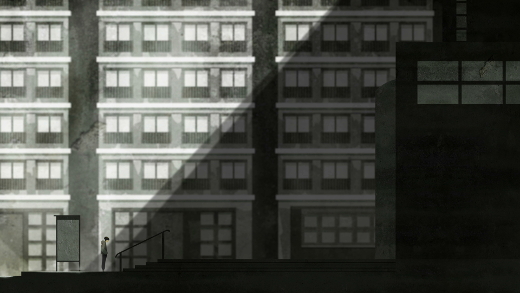
I discovered dozens of dilapidated military barracks in which more than 100 people, mostly elderly Vietnamese, were still living almost fifty years after their arrival in France. I can't forget the surreal atmosphere and the silence of this place where time seemed to have stopped.
My documentary "Le Camp Des Oubliés" (The Camp of the Forgotten) shed light on this little-known part of the French history, but I felt the need to dig, and I knew I needed fiction for that.
I think that France is a postcolonial nation that doesn't want to face its past. Colonization is both a taboo and a political stake. The main opposition candidate to the next presidential election just said that France should not be ashamed of colonization because its purpose was to share French culture with other peoples. Who believes that? For me it's an attempt to rewrite History, and that's always very dangerous. France, like many other European countries, is facing a real identity crisis, and we don't need this kind of lies.
We cannot build a national identity on false assertions. On the contrary, I think that writers, film directors, artists have a pivotal role in bringing to light these forgotten episodes of our collective history. The forgotten women of the Sainte-Livrade camp are also part of French History and of our national identity
ZF: How did you decide to do an animated film? Was there more material you wanted to cover apart from yourdocumentary research, and why did you want it to have no dialogue?
MC: I've always been fascinated by animation, by its infinite narrative and aesthetic possibilities, by its evocative power. I was developing an animated feature documentary about a female foreign correspondent at the beginning of the 20th century, but my producer and I thought it would be easier for me to start with a short film. So I wrote Sous Tes Doigts (Under Your Fingers) as a natural extension of "Le Camp Des Oubliés."
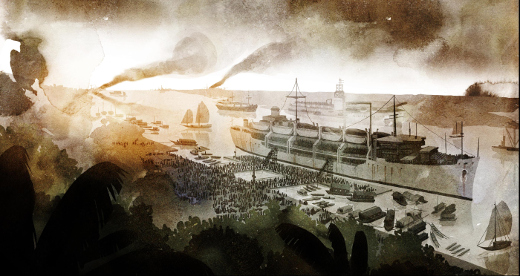
In the documentary, I could not bring myself to ask the Vietnamese women in the camp about why they had been abandoned by their French "husbands" after the Indochina war. I knew it would have been too painful a question for them. So I decided to write a story without any dialogue to respect their silence. I also wanted to draw attention to the importance of the body in this story.
The real challenge was for the animated bodies of the three characters to convey their emotions through dancing, running or hugging each other. Ludivine Berthouloux, the talented art director of the short film, also made a great job on the facial expressions.
ZF: Official authorities are depicted negatively in the film, both in former Indochina and in Saint-Livrade, they are either seducers or harsh rulers. Is this the reality women had to face?
It's a fictional story with fictional characters. But it's based on the testimonies of the people I met, and on the books I read. Some people could argue that I have traced too thick a line, but I just wanted to tell the unique story of three women, of three generations, beginning at the end of the Indochina war till nowadays, by adopting a female perspective. Those repatriated women were victimized three times.
In Indochina, soldiers or settlers often had local mistresses but they rarely married them, nor officially acknowledged the paternity of their children.
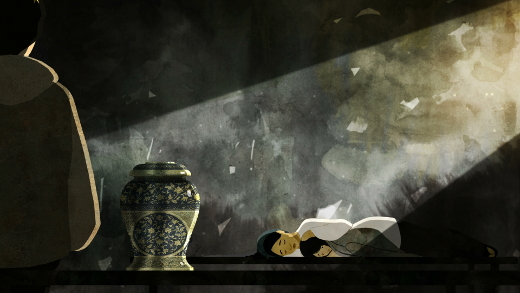
When French government decided to repatriate the partners and the children of French men in Indochina because the new independent Republic of Vietnam considered them as traitors, they sent them to transit camp harshly managed by former colonial staff. Then, as they had no other way of making a living, they had to work illegally and for miserable wages for French farmers.
ZF: I like the theme of red shoes that bring Cinderella and Western civilization to mind - but, of course, in a very different context. Was that part of the story from the beginning?
MC: From the onset, I looked for a symbol of the relationship between the Indochinese grandmother and her French lover. I wanted it to be obvious, as a representation of the man's and the woman's desire. When the French man invites the young Vietnamese girl and gives her presents (a sexy black dress, a pair of red shoes) he wants to transform her into a modern European woman.
She understands what it means, but she finally accepts because she's very attracted to this handsome man. That's the meaning of the song "Sous Tes Doigts" that you can hear when the couple dances on the boat and which tells the confusion of a woman in love. I also wanted the shoes to be the only colored element of the beginning of the film as an incongruous relic of the past.
ZF: Are there any things that you had to change / drop from your story or things that you add up in the last minute? Or you had a definite story plan from the start?
MC: There are 17 versions of the script, so there had been many changes during the writing process. The first versions were much longer with more details and sequences. Later on, we tried new things with Ludivine in the storyboard. In the end, I decided to cut almost two minutes out of the short to gain more fluidity and clarity.
ZF: The film has subdued colours, but very powerful indeed. How did you figure out with your artistic director, Ludivine Berthouloux?
When I wrote the story, I thought of three different graphic universes: the contemporary town in black and white almost without perspective, the colored past, and the timeless sacred universe of the mother's religion. I loved Ludivine's first drawings of the modern town as it perfectly evoked its glacial and quite inhuman aspect. We spent more time to recreate Indochina. I did not want to play with colonial exoticism. We watched a lot of film archives because we wanted to be accurate in the details for sets and props.
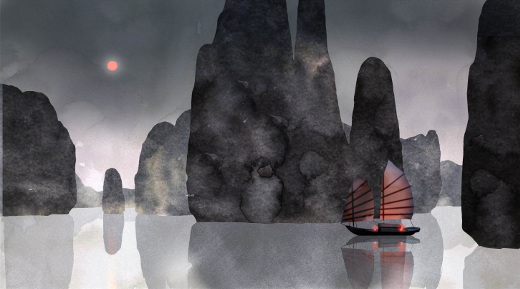
I wanted us to find an original style by mixing realism and oneirism. Ludivine's idea to use watercolor for the past was very interesting. It provided a real contrast with the concrete texture of the modern town. We spent an enormous amount of time to create the textures of the different graphic universes. In each universe, we opted to use the same textures for both characters and sets, to show the influence of the surroundings on the characters.
ZF: The last scene of the dance and re-conciliation between mother and daughter was rotoscoped, right? Why did you choose this technique?
I am not a choreographer and as I wanted the dances to be an important part of the film, with a real narrative role, I decided to work with Frank2louise who is both a choreographer and a music composer. The last scene was particularly difficult. I wanted to mix the daughter's hip-hop dance with the mother's traditional Vietnamese culture to create a new dance, close to contemporary dance.
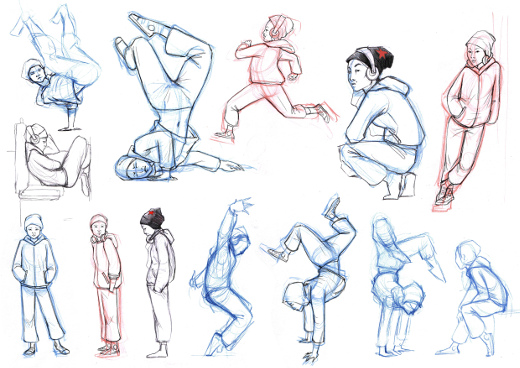
Frank2louise perfectly dealt with these requests, he also found the two professional dancers who performed the dance and added their own sensibilities.
I filmed them and then Ludivine animated the whole sequence. It's not exactly rotoscopy but more a reinterpretation of the filmed movements. There is another sequence using the same process: the hip-hop dance at the beginning of the film.
ZF: How did you and Frank2Louise sort out the music to have this fine transition between contemporary R&B, French songs and Eastern influences?
It was great to work with Frank2louise because he created at the same time the music and the choreography. We made a play on different universes for dances and for music, trying to use different influences to create new forms. Frank started to work with me when we had just a storyboard, and he worked with me till the end of the film.
I really liked this generation mix within the film and the characters, where the one character can swiftly "travel" through time and past.
ZF: Would you describe Under Your Fingers as a film where women are in the front line, or the idea of the family or our memories is more central to you?
MC: The three themes are important to me. I think that every family has its secrets. We all inherit a family history, with its dark corners. It's a part of us, consciously or unconsciously, and sometimes it can be a really heavy burden. What do we do with this heritage? Some people choose to ignore it. When you are an artist, a writer, a painter, a dancer, you can use it as material for your creativity.
Dancing is the only way for the youngest character to accept her family heritage. I guess that is the same for me. This film was also an indirect way of telling the story of the women of my own family. My grandmother was not Vietnamese, she was French, but she was abandoned under dramatic circumstances by my grandfather during World War II.
But you are correct; in my film women are on the front line because I wanted to pay tribute to their discretion and their courage. I think that some stories need a female perspective, and the Indochina war has rarely been told from that point of view.
ZF: Did you expect this critical reception of the film (the Cartoon d' Or award, the César nominations) and now the Oscar shortlist? And would you make another animated film?
MC: When I started to write this story I did not expect anything. It was my first animated film – I just wanted to do it. Later when I started to work with Ludivine Berthouloux, we had absolutely no idea of how the film would be received in future. We just hoped it could be understood by different generations, even those who had never heard about Indochina.
When we received the first awards, we were incredibly happy to see that the film could reach an international audience, and that this particular story could move viewers from Morocco, to Portugal, to Austria and even America.
At present, I am directing a partly-animated documentary for French TV on the painter Paul Gauguin. Ludivine is also part of the project. And I keep thinking of making my animated film about the female foreign correspondent during the Belle Epoque... and of a few other ideas.
SYNOPSIS & POSTER
The day of the cremation of her grand mother, Emilie, a young mixed-race Asian girl, buries herself into her grandmother memories. She discovers the Indochina of Hoa, her romantic encounter with Jacques (a French colon), the birth of Linh (Emilie's mother) and her tragic departure to France in 1956.
She relives with Linh, the arrival into the camp of Sainte-Livrade, the exploitation of the Indochinese women by the market gardeners of Lot-et-Garonne. Between memories, dance, anger and traditional rituals, Emilie learns to accept this heritage...
